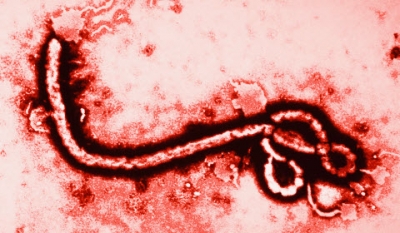
The Democratic Republic of Congo officially declared on December 16, 2021 the end of the 13th outbreak of Ebola Virus Disease which had resurfaced on October 8, 2021, in Beni in North Kivu province. What is Ebola Virus Disease? What causes it? Let’s find out.
Deadly viral fever
Ebola is a life-threatening disease caused by a virus belonging to the family Filoviridae The viral haemorrhagic fever was first identified in central Africa in 1976. The 2014-2016 outbreak in West Africa was the largest Ebola outbreak ever since the virus was discovered, leading to over 11,000 deaths. The disease was named after the Ebola River in Congo, formerly Zaire, where it was originally identified.
Ebola is a zoonotic disease, meaning it spreads from animals to humans. The virus which badly affects the immune system as it spreads through the body is transmitted to people from animals such as chimpanzees, gorillas, and monkeys. It is thought that fruit bats of the Pteropodidae family are natural Ebola virus hosts. It spreads among humans through contact with the bodily fluids (blood, faeces, urine, vomit, or semen) of infected people. Ebola is called a haemorrhagic fever virus as it causes problems with how our blood dots leading to internal bleeding.
What are the symptoms?
The main symptoms of Ebola Viral Disease include fever fatigue, sore throat severe headache, muscle and joint pain loss of appetite, vomiting, bleeding and diarrhoea. The virus can be detected in blood within a few days of the manifestation of symptoms. Immediate medical attention, early intervention with rehydration, and symptomatic treatment are said to improve chances of survival.
There are vaccines for protection against Ebola. These anti-Ebola jabs have been administered to help control the spread of Ebola outbreaks in Congo.
Picture Credit : Google

